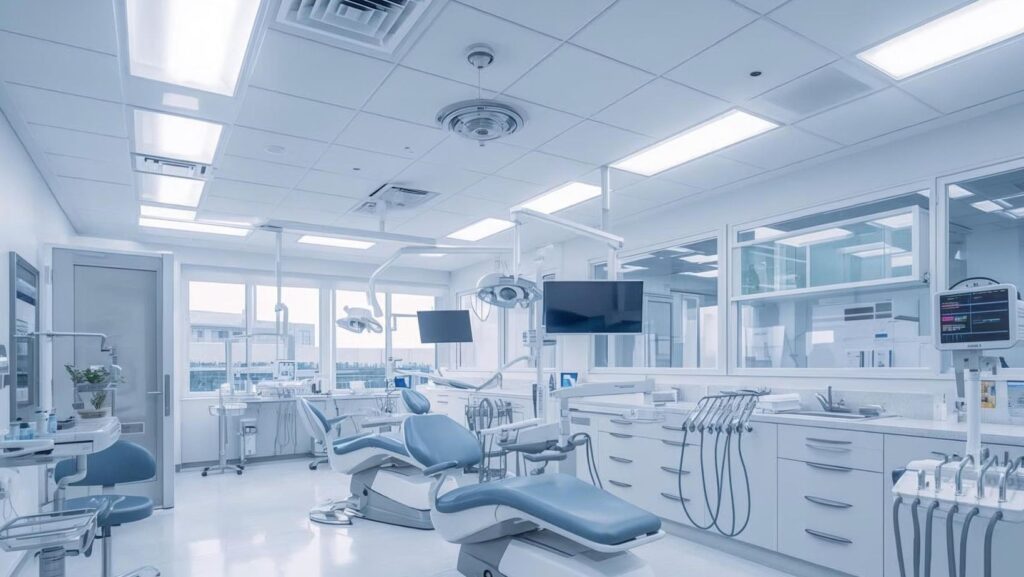Balancing Clinical Excellence with Operational Efficiency
Running a healthcare clinic requires more than delivering quality medical care—it demands consistent, well-managed operations that support both patients and staff. Clinical excellence must be balanced with administrative discipline, as the patient experience is shaped just as much by front-desk interactions and scheduling workflows as it is by the care they receive in the exam room. A strong operational foundation ensures providers have the time, resources, and clarity to focus on patients without unnecessary distractions or inefficiencies.
Consistency in care delivery is paramount. Whether your clinic specializes in primary care, urgent care, or a particular specialty, patients expect timely, accurate, and empathetic treatment. Achieving this starts with a well-defined workflow, clear protocols, and a culture of accountability. Each staff member should understand their responsibilities and how their role contributes to patient outcomes and overall clinic performance.
In addition, scalability should be considered early on. As patient volume grows or service offerings expand, the systems and processes you build today need to remain sustainable tomorrow. Clinics that experience early success can quickly find themselves overwhelmed if they don’t proactively prepare for growth. Scalable scheduling tools, efficient staff onboarding, and standardized procedures all contribute to maintaining quality at scale.
Patient Experience is a Strategic Priority
While clinical outcomes are the core of healthcare delivery, the patient experience—from scheduling to follow-up—can define the success of a clinic. Patients are not only seeking competent care but also convenience, clarity, and compassion. Long wait times, confusing instructions, or poor communication can erode trust and drive patients elsewhere—even if the medical care itself is sound.
Putting patient experience at the forefront means designing every touchpoint with their comfort and perspective in mind. Clear appointment scheduling, transparent billing practices, and respectful, responsive staff interactions all contribute to a more positive and professional experience. When patients feel valued and heard, they are more likely to return, follow care plans, and recommend the clinic to others.
Internal training plays a vital role here. Administrative and clinical staff alike should be equipped with communication and service skills that complement their technical responsibilities. Clinics should also actively seek patient feedback and use it to inform continuous improvements. Listening to patients and adapting accordingly fosters stronger relationships and helps retain patient loyalty over time.
Staff Satisfaction and Retention Matter
Your clinic’s long-term success is directly tied to your team’s performance and engagement. A well-supported team is more productive, more collaborative, and more patient-focused. Unfortunately, high turnover and burnout remain challenges in many healthcare settings, driven by long hours, administrative burden, and emotional fatigue.
To retain top talent and maintain morale, leadership must focus on clear expectations, fair workload distribution, and ongoing development. Regular check-ins, staff appreciation efforts, and transparent communication help build a workplace culture where employees feel respected and motivated. Empowering staff with tools that reduce repetitive tasks—such as automated check-ins or digital records access—can also reduce friction and increase job satisfaction.
Technology as a Strategic Enabler
Technology can be a major asset in running a clinic—when implemented thoughtfully. From EHR systems and billing platforms to communication tools and analytics dashboards, software plays an integral role in both patient care and administrative workflow. However, adopting technology without clear goals or integration can cause more problems than it solves.

One increasingly valuable tool is auto miss call text back functionality. This feature ensures that if a patient calls and no one answers, they receive an immediate text message with next steps or options to connect. It may seem like a minor addition, but it reduces missed connections and enhances responsiveness—key to patient satisfaction. Similarly, online booking platforms, digital intake forms, and patient portals contribute to smoother, more efficient operations.
The best technologies are those that align with your clinic’s actual needs and integrate smoothly with existing systems. Staff should be properly trained to use new tools, and patient privacy must remain a top priority at every stage. When used strategically, technology enables clinics to deliver faster, more accurate, and more convenient care.
Conclusion: Focus on Long-Term Fundamentals
Success in healthcare is not the result of any one tool or tactic—it’s the outcome of steady attention to core principles. Clinics that prioritize patient care, invest in staff well-being, embrace the right technology like auto miss call text back systems, and maintain financial and regulatory discipline are positioned to thrive over time. By focusing on both the clinical and operational aspects of care, healthcare clinics can deliver exceptional service while building a strong, sustainable foundation for the future.


